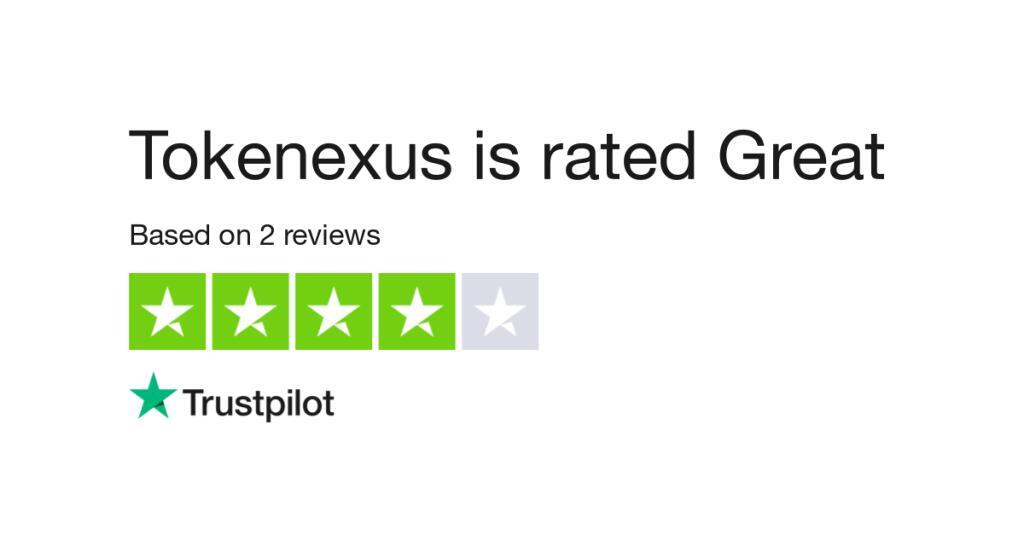
We have seen situations where the RNI number over two months old has ranged from $7.5m to well over $25m. An analysis of these older receipts showed that an overwhelming percentage of them were either not open or represented truly open invoices that needed to be paid. When manually adjusting the GRNI account, you’ll need to take into consideration whether entries will balance out once an invoice is posted, or whether you need to take corrective action.
In today’s environment, the last thing a company wants or needs is a growing RNI balance impacting the P/L and Balance Sheet. Depending on the number of vendors and suppliers you deal with, this can take days, or even weeks to complete manually. Regularly reconciling your GRNI account balance every accounting period is the best way to reduce or even eliminate a growing GRNI balance in your ERP system. There can be many reasons for the inaccuracies such as error-prone manual processing, lost or delayed invoices, or an inefficient procure-to-pay process. The business operates a perpetual inventory system, and the first journal needed is to record the receipt of the inventory.
Invoice Not Received
By accurately identifying and tracking these obligations, a company can better forecast its cash flow needs and avoid payment delays or penalties. In this example, the company has received 100 widgets at $10 each and 200 gizmos at $5 each, for a total of $2,000. As such, the company would record $2,000 as its GRNI accrual in its accounts payable ledger.
- You can use the Operations Management – Financial Reconciliation (tfgld4595m000) session to
examine the reconciliation data. - Sellers don’t usually carry a lot of prepayments, so it’s not hard to track the payments and adjust the accounts.
- The debit part of the entry accounts for the value of the inventory received, while the credit part of the entry posts the liability into the GRNI account, where it will remain until the invoice is received and approved.
- The way its working now is for all item receipts go straight to the payables and the clock starts.
Because you now have the invoice, you can zero out the original liability entry by debiting the GRNI account and crediting the accounts payable account. As you can see, the accrual is going to the credit side, balancing the previous charge from the invoice. The ending result is a debit to Stock and a credit to Payables, the regular AP accounting flow. But what happens when an invoice is received prior to the goods/services being delivered? This is a fairly common occurrence in overseas transactions these days due to heavy delays with international commerce.
Manage cookies
The scope of potential issues has been enhanced due to staffing issues, supply chain challenges and working remotely. These issues could have impacted your organization and your suppliers, making for a more complex P2P transaction. Companies with a large, complex supply chain have many issues to deal with including shipping delays, receiving issues, and inefficiencies within the procure-to-pay process. An overstated GRNI balance not only impacts your profit margin, but it’s also a big red flag for auditors. This issue can happen multiple times when using a manual AP system, with the GRNI account continuing to grow.
- These are needed in order to display the business transactions correctly in the balance sheet comprehensive report make GR/IR Regrouping a cool functionally provided by SAP.
- After determining which is the correct amount, you’ll need to do a journal entry to adjust both the inventory account and the GRNI account.
- Companies with a large, complex supply chain have many issues to deal with including shipping delays, receiving issues, and inefficiencies within the procure-to-pay process.
- For businesses that use a perpetual inventory recording system, the goods are deemed as received, and as such, must be recorded in the company’s inventory.
Since the invoice has not been received, the liability to pay for the goods cannot be posted to accounts payable, and is temporarily posted to the goods received not invoiced account. Typically, the account is named the ‘Goods received not invoiced’ account and is shown as a current liability account in the balance sheet. Since the goods have been received, under the perpetual inventory system, they need to be entered into inventory. As the invoice has not been received from the supplier, the liability to pay for the goods cannot be recorded as an accounts payable, and an alternative account needs to be established. Since an invoice hasn’t been received, it’s important to create a liability and credit the GRNI account instead of accounts payable. Because the goods are received before the invoice from the supplier, the accounts payable are not updated.
Goods Received Not Invoiced as an Accrual
Record-keeping would be simple if buyers simply visited a supplier, paid for what they needed and walked out with the goods, but that’s often not how it happens. Instead, the ordering, shipping, invoicing and payment all take place at different points in the process. To confuse you further, your inventory management system handles shipments of goods differently from your accounting system.
Rapid currency depreciation creating ‘perfect storm’ for Pakistan … – Daily Minute Mirror
Rapid currency depreciation creating ‘perfect storm’ for Pakistan ….
Posted: Fri, 01 Sep 2023 12:10:10 GMT [source]
In the Accept Reconciliation Data (tfgld4295m000) session, select the reconciliation
group. Then select the range of ledger accounts for which you want to accept
the reconciliation data. This simplifies your accounting, but it also distorts the look of your finances. That’s one very large service expense this month followed by 11 months of zero expense.
Select a Country
Accrued liabilities refer to the outstanding payments a company owes to its vendors or suppliers for goods or services received but not yet invoiced. This accounting method is also known as goods received not invoiced (GRNI) or received not vouchered (RNV). It serves as a critical element in the accrual accounting process, ensuring that expenses are appropriately recognized in the correct accounting period. Accrual basis accounting is a method of accounting where revenue and expenses are recognized when they are earned or incurred, regardless of when the cash is received or paid.
By recognizing goods received not invoiced as an accrual, companies can ensure that their financial statements accurately reflect their expenses for a given period. This also helps in the budgeting and forecasting process, as companies can use this information to accurately project future expenses. The accrual process for identifying and recording goods received as of June 30, but not invoiced in July, is automated in the NCAS system. A data set is created at June 30 which contains information from purchase orders with an invoice status of open or partial and a receipt type payment basis, indicating goods are received but not yet invoiced.
Auditors and accountants are likely to pay attention to overstated GRNI balances to figure out why invoices have not been received. Now the business is required to display these two transposition error above mentioned business transactions correctly in the balance sheet. That’s why the functionality of GR/IR is used in SAP to match and track the relevant goods and invoices.
Therefore, we put an accrual in place which allows us to recognise the expense and also the eventual liability on the balance sheet which will become a trade creditor when the invoice comes in. When the invoice is received from the supplier, the liability can be transferred from the goods invoiced not received account to the accounts payable account of the supplier using a second journal entry. This brings the GRNI account to zero and increases the accounts payable, accurately reflecting the payment to be made for the goods received.

A listing of accrual reversing transactions residing in the SBM is available through the GLPublic library IE report series C-U-GL-SBM-Listing-Effect-Date, using June 30 of the next year as the selected effective date. Each NCAS agency should review the suspended reversal batches to https://online-accounting.net/ verify the batch totals and the accuracy of the detail transactions. Corrections to the suspended batches are made on-line in the General Ledger Module. Items received as of June 30 and invoiced but not paid prior to July 31 should be accrued through the Accounts Payable system.
You can print the reports whenever you wish,
independent of the period status. The reconciliation process of the Invoice Accrual 3 reconciliation group, the Goods Received Not Invoiced (GRNI)
transactions, consists of these steps. If you purchase a large volume of materials, goods for sale, or supplies then you may have an overstated Goods Received Not Invoiced (commonly referred to as RNI) balance.